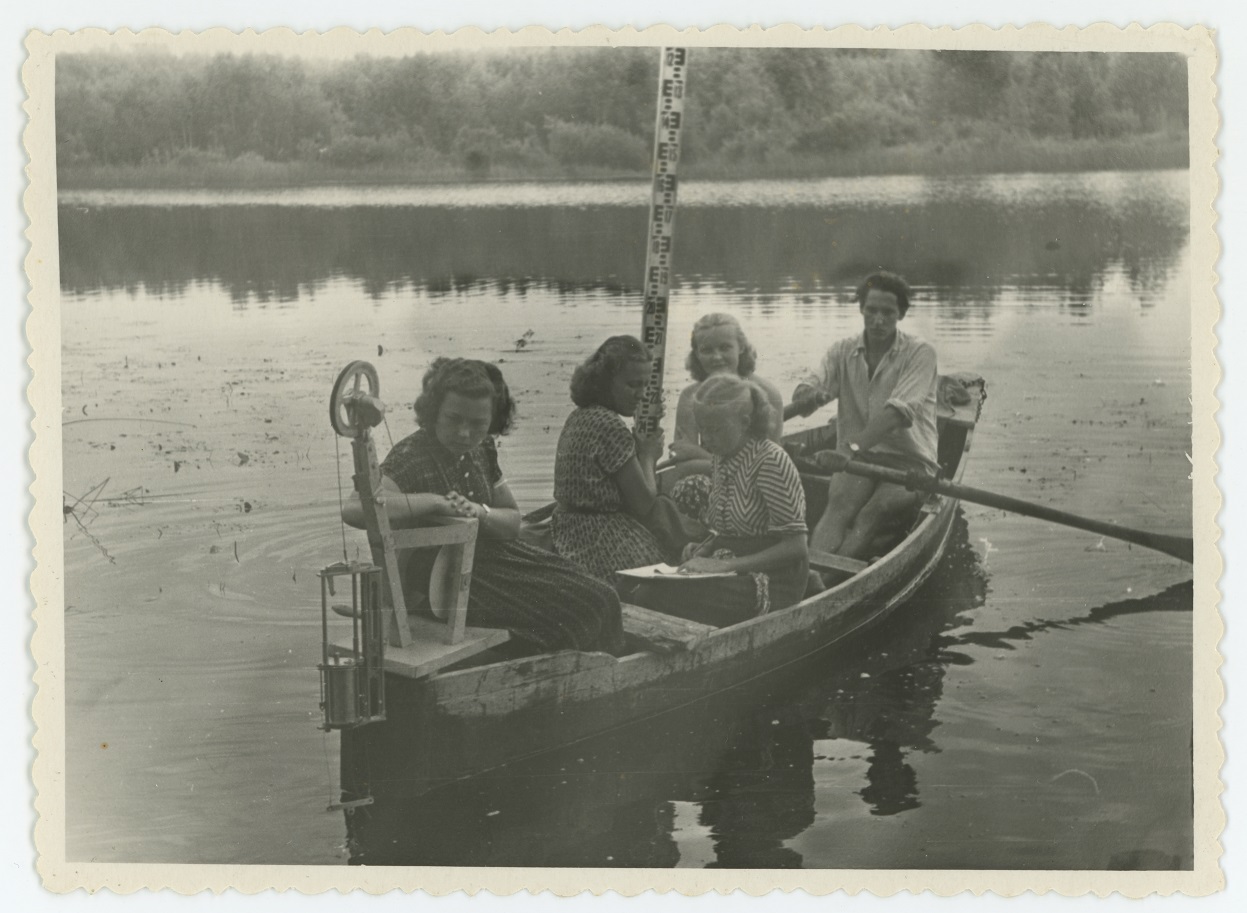Tartu atomaar-molekulaarsed plastmudelid ületavad kvaliteedilt välismaiseid analooge
Tartu's plastic atomic-molecular models have sevaral advantages
DOI:
https://doi.org/10.15157/tyak.v46i0.14604Abstract
Plastic atomic-molecular models represent various geometric forms
visualizing chemical compounds in 3D for the demonstration and
scientific investigation of stereochemical structures. From 1978 to
1991 plastic models were elaborated in the molecular modelling laboratory
of the University of Tartu in collaboration with the Institute
of Biological Physics of the USSR Academy of Sciences under the
direction of Raik-Hiio Mikelsaar. The results were patented in 13
countries. In 1984 the trial production of the devices was started in
the Department of Experimental Design of the University of Tartu.
Tartu plastic models have the following advantages: 1) advanced connectors
firmly link the plastic units; 2) special connectors reproduce
hydrogen bonds; 3) improved simulation of bond angles, atomic radii
and interatomic distances; 4) new units have been added; 5) new
models provide the measuring of conformational angles and atomic
coordinates; 6) a handy and simple nomenclature. Tartu models are
most suitable for modelling polymeric structures and macromolecules.
New scientific ideas have been generated on the basis of the molecular
modelling of tRNA nonstandard nucleic pairs, biomembrane
lipid bilayer, zinc finger proteins, cellulose and hyaluronan tertiary
molecular structures, protamine-DNA complexes etc. Today, Tartu
plastic models are used in a number of universities in the Baltic states,
Russia, England, Germany, Switzerland, Italy, Finland, Sweden,
the Czech Republic, Hungary, India, Singapore, USA etc.

